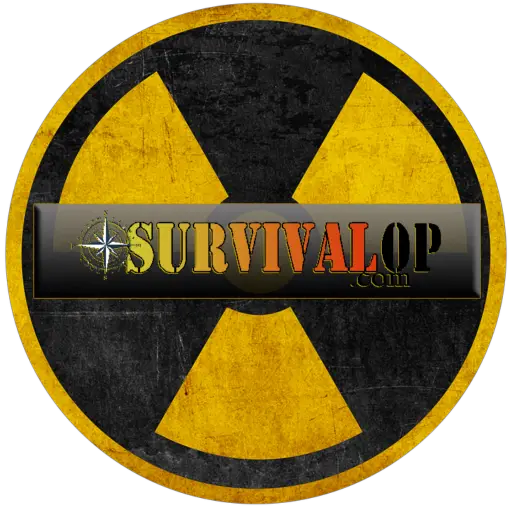If you are a survivalist who spends time outdoors, it is important to know how to treat life-threatening injuries in the wild in the event of an emergency. Knowing the basics of how to respond to a medical emergency can help you save a life and get help as quickly as possible. In this blog post, we will look at how to recognize and treat the most common life-threatening injuries, as well as how to get help in an emergency situation.
Recognizing an Emergency
The first step in treating a medical emergency is recognizing the signs and symptoms that indicate a person is in need of immediate medical attention. Signs of a life-threatening injury include difficulty breathing, chest pain, severe bleeding, and loss of consciousness. If any of these symptoms are present, it is important to take action quickly to ensure the person receives the necessary medical care.
If the situation is not an emergency, it is still important to be aware of the signs and symptoms of any injury or illness that may require medical attention. These include fever, dizziness, nausea, and difficulty speaking. If any of these symptoms are present, it is important to get the person to a medical professional as soon as possible.
Check out, Best First Aid Kit for Preppers
Treating Life-Threatening Injuries
When faced with a life-threatening injury, it is important to take the necessary steps to help stabilize the person until medical help can be found. For example, if the person is bleeding heavily, it is important to apply direct pressure to the wound to stop the bleeding. If the person is having difficulty breathing, it is important to open their airway and attempt to restore breathing. It is also important to keep the injured person warm and still, and to vital signs.
If the person has lost consciousness, it is important to check for a pulse and perform CPR if necessary. It is also important to be aware of the signs of shock, which include pale skin, rapid breathing, and confusion. If any of these signs are present, it is important to elevate the person’s feet and provide warmth to help prevent shock.
Getting Help
Once the person has been stabilized, it is important to get help as soon as possible. If possible, call for emergency medical assistance and provide the necessary information about the person’s condition and location. If emergency assistance is not available, it is important to get the person to a medical professional as quickly as possible. If the person is unable to be moved, it is important to have someone stay with them until help arrives.
If emergency medical assistance is not available, it is important to have a plan in place for getting medical help in an emergency situation. This may include having a satellite phone, emergency medical kit, or other means of communication in case of an emergency.
Conclusion
In the event of a medical emergency, it is important to recognize the signs and symptoms of a life-threatening injury and take the necessary steps to help stabilize the person until medical help can be found. It is also important to have a plan in place for getting help in an emergency situation. By being prepared and understanding how to respond to a medical emergency, you can help save a life in an emergency situation.
If you spend time in the outdoors, it is important to be prepared for any medical emergency that may arise. Knowing the basics of how to recognize and treat life-threatening injuries can help you provide the necessary care and get help quickly in the event of an emergency.


